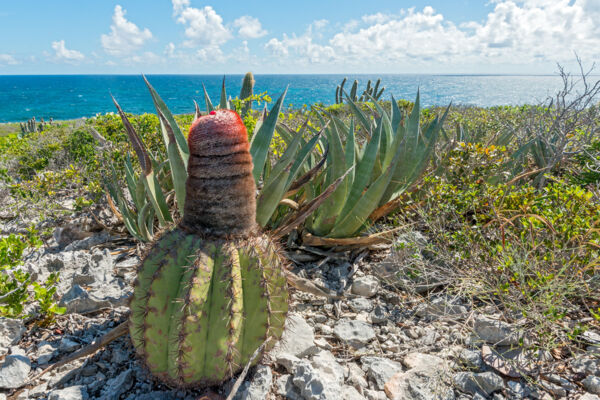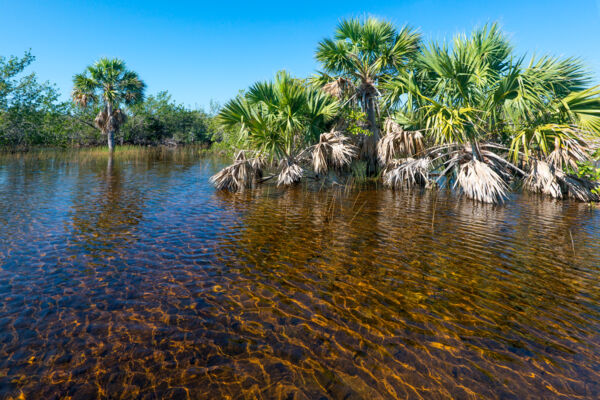- Transparent kayaks and safety equipment will be provided
- Bottled water will be provided to all guests
- Guide
A clear kayak photoshoot Turks & Caicos is a 30-minute session where our photographers capture different poses and angles in one of our clear kayaks, we also help with poses and creative directing if needed
Kayak Location
Mangrove Cay
Mangrove Cay is the most popular kayaking location near Providenciales. This small and uninhabited island largely consists of red mangrove estuaries The largest estuary leading into the cay offers sheltered and calm water, and it’s common to spot juvenile turtles and sharks, conch, starfish, stingrays, herons, egrets, and more. Mangrove Cay is easy and safe to explore, and perfect for all skill levels of paddlers.
MANGROVE CAY is a small 286-acre (116-hectare) uninhabited island located close off the northeastern end of Providenciales. Mangrove Cay, along with Donna Cay and Little Water Cay, make up the Princess Alexandra Nature Reserve inside the Princess Alexandra National Park.
As the island’s name may suggest, almost the entirety of the center of Mangrove Cay consists of red mangroves (Rhizophora mangle). Small and narrow dunes environments line much of the cay’s coast.
Protected Status
As a nature reserve, it’s prohibited to fish, collect conch or lobster, or take any natural or historical object from Mangrove Cay. Likewise, it’s illegal to disturb wildlife.
Mangrove Cay, largely due to its close proximity to Providenciales, is one of the most popular kayaking and stand-up paddleboarding locations in the Turks and Caicos.
Shallow and scenic tidal channels enter the cay in several places, and wind their way for thousands of feet. There’s even a shipwreck hidden down one of the channels!
Many shallow channels wind their way through the cay, and these waterways are the most popular spots for eco-kayaking and paddleboarding in the country.
The Mangrove Cay area is an excellent location for all experience levels of paddlers. There are sights within easy access of Providenciales, as well as worthwhile longer routes out to Half Moon Bay, Little Water Cay, and Donna Cay as well.
The luxury Blue Haven Marina, often hosting impressive yachts from around the world, is located in Leeward Going Through channel nearby, and offers additional interesting sights cc
Mangrove Cay is a haven for marine and bird wildlife. In the channels and shallows surrounding the cay, it’s common to sight juvenile lemon sharks and nurse sharks, small turtles, conch, southern brown stingrays, starfish, and many types of juvenile fish. The sheltering and complex root systems of the larger mangrove trees often hide schools of tiny fish.
Birdwatching is also great, and sightings include brown pelicans, green herons, tricolored herons, reddish egrets, and American oystercatchers.
Turks and Caicos Islands Rock Iguanas
One of the better-known endemic animals in the Turks and Caicos is our unique Turks and Caicos Islands Rock Iguana (Cyclura carinata), a large and docile lizard. A small amount of sandy ground can be found on the north and southeast edges of Mangrove Cay, and these dunes support small populations of the indigenous iguanas.
Turks and Caicos Rock iguanas can be found on several of the uninhabited cays in the Turks and Caicos, and a visit to Mangrove Cay or Donna Cay offers an all-too-rare chance to see a critically endangered animal in its natural habitat.
Vegetation and Plant Life
Much of the plant life in the Turks and Caicos are either salt-resistant and salt-tolerant coastal varieties, or drought-resistant low brush.
Marine wetlands
The red mangrove, black mangrove and white mangrove make up a large proportion of the greenery in the Turks and Caicos. These interesting plants are able to thrive in the very salty coastal marine environment, including in some of the hyper-saline interior ponds. Mangroves are one of the most important plants in the Turks and Caicos environment.
Interior Dry Forests
Drought-resistant dry forest covers most of the solid ground in the country. Height varies a bit depending on soil depth, yet this rugged landscape generally reaches a maximum height of about 40 feet (12 m) at a few locations in the interiors of North Caicos and Providenciales. Lignum vitae, wild tamarind, gumbo limbo, and the Jamaican caper are some of the larger native trees found in the country.
One of the unique and often unappreciated terrains in the Turks and Caicos, the limestone “ironshore” of coastal areas such as at Chalk Sound National Park on Providenciales. These areas offer picturesque and stunted miniature palms, trees, and shrubs growing out of tiny sinkholes and crevices. The surrounding limestone is worn and weather beaten, and razor-sharp spikes can be found in patches.


